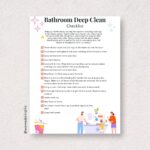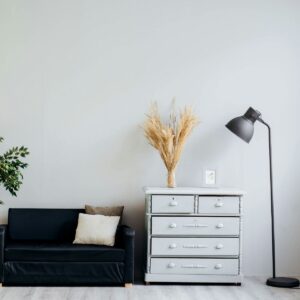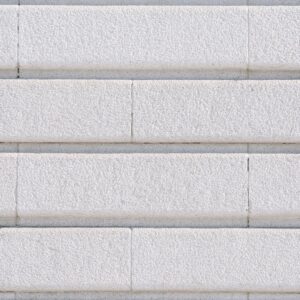
Building a home comes with its advantages. You can create your ideal living space by customising it to suit your preferences. And since all appliances, plumbing and electricals are brand new, you don’t have to worry about costly repairs and maintenance charges. Moreover, you also have the opportunity to be energy-efficient, which is better for the environment. Before building your dream home, choosing the right design is important. Here are some helpful tips for doing so.
- Consider the sell-on value
Some design features may look great but add little to no value during sales. Alternatively, homebuyers may not find them appealing, causing your property to stay long on the market and depreciate its selling price. While your interior design should reflect your style and personality, it’s also important to consider its value, especially if you decide to sell your home in the future. Experts advise against fads as their appeal quickly dies down. Instead, opt for classic and timeless looks that future homebuyers will appreciate. For instance, consider finding a balance to create a sophisticated look instead of using overly bold or dreary colours. Incorporating natural lighting into your home design can also be valuable. This is because homeowners are now keen on sustainability, and adequate natural lighting can prevent them from using artificial lighting, saving them significant energy bills.
- Create a feasible budget
Many make the mistake of shopping around for home designs while neglecting their budget. And this can be more harmful than beneficial. For starters, they become disappointed if they realise that their resources can’t cater to their choices. Likewise, they risk straining their finances, especially if they start the project without examining how much they can comfortably spend. Therefore, it’s advisable to create a feasible budget to avoid these. To get started, discuss with your contractor about the costs of your project. This can be done during the first or second meeting, so keep this in mind. Your contractor can charge for the following: contractor’s fee, demolition and waste disposal, shipping and installation, site development, furniture, fixtures, and equipment (FFE), and so on. You’ll also find it helpful to create a contingency fund, as unexpected costs may arise during the project.
- Get inspiration
Admittedly, choosing your ideal home’s design can be exhilarating, but there are several options for you to choose from. Or, you may not know where to start or picture how you want your living space to be. This makes it important to get inspiration from external sources. And there are several ways to achieve this. For instance, Airbnb is known for its unique and eye-catching design ideas, so you can browse successful locations for inspiration. Alternatively, consider visiting several home staging and interior design sites to help you narrow down your options. While these suggestions are great, you may want to see how your design will look. Fortunately, you can check out several display homes to determine the most appropriate. Open homes, auctions, and currently sold listings are great options, so feel free to leverage them. Keep a record of design ideas you like and dislike to keep you organised and on track. You can also save images of your most liked designs in a folder for future reference.
- Consider your household needs
Each household has peculiar needs, and discovering yours can help you choose the most appropriate home design features. For instance, you may require more rooms if you intend to grow a bigger family or invite relatives to live with you. If your elderly parents live with you, you must ensure your home design accommodates their needs. This means installing guard rails, investing in elderly-friendly door knobs or levers, adequate lighting, slip-resistant flooring, and so on. You can also factor in your hobbies or special interests. For example, an outdoor garden area will be beneficial if you love plants. A dedicated workspace is also important if you enjoy arts and crafts, woodwork, and so on. You should also consider your privacy before committing to a particular home design.
- Be open-minded
While you may already have an ideal home design, it may not be practical. However, many home builders feel the need to continue with impractical designs. This doesn’t have to be the case. If you discover your choice won’t work well with your building site or household needs, explore other options. You can consult with your contractor to make a more informed decision.
Choosing a home design is essential when building your ideal home. Hopefully, these tips will help you achieve the desired results.


















Leave a Reply